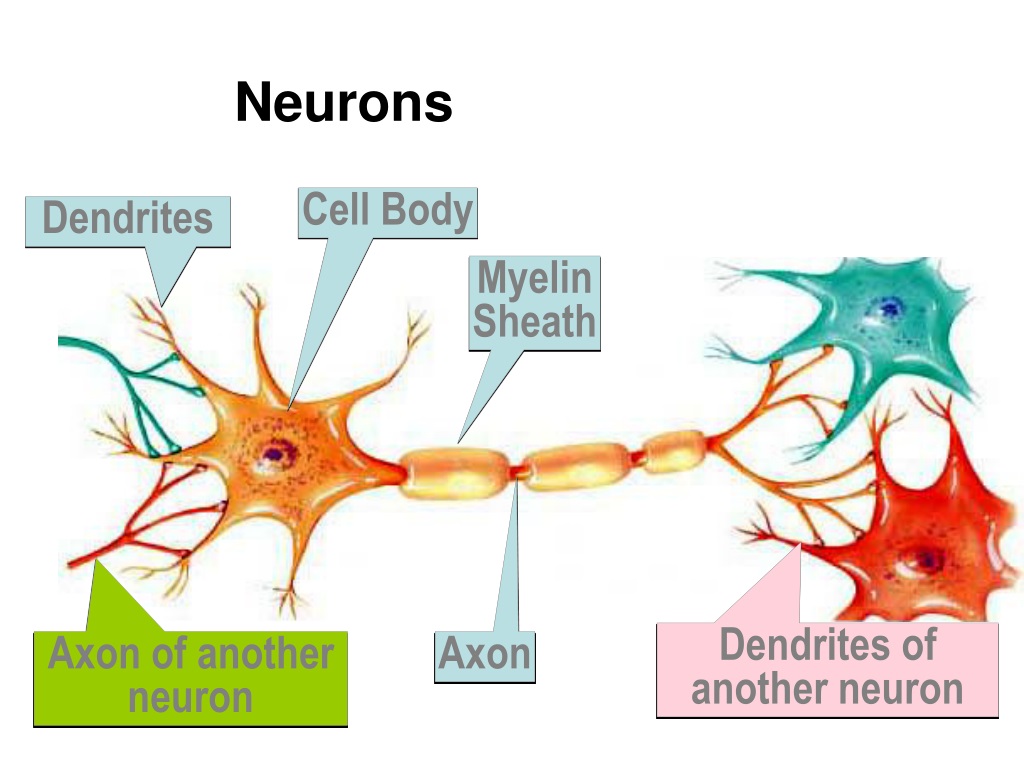


(Action potentials are the fundamental electrical signaling elements used by neurons they are very brief changes in the membrane voltage of the neuron.) It's not always stimulus in, immediate action potential out. He and his colleagues first discovered individual nerve cells can fire off signals even in the absence of electrical stimulations in the cell body or dendrites. "Signals can travel from the end of the axon toward the cell body, when it typically is the other way around. "We have discovered a number of things fundamental to how neurons work that are contrary to the information you find in neuroscience textbooks," said Nelson Spruston, senior author of the paper and professor of neurobiology and physiology in the Weinberg College of Arts and Sciences. The findings are published in the February issue of the journal Nature Neuroscience. And, unlike the computations performed in dendrites, the computations occurring in axons are thousands of times slower, potentially creating a means for neurons to compute fast things in dendrites and slow things in axons.Ī deeper understanding of how a normal neuron works is critical to scientists who study neurological diseases, such as epilepsy, autism, Alzheimer's disease and schizophrenia. This is contrary to typical neuronal communication where an axon of one neuron is in contact with another neuron's dendrite or cell body, not its axon. Before sending signals in reverse, axons can perform their own neural computations without any involvement from the cell body or dendrites. It also turns out axons can talk to each other.


 0 kommentar(er)
0 kommentar(er)
